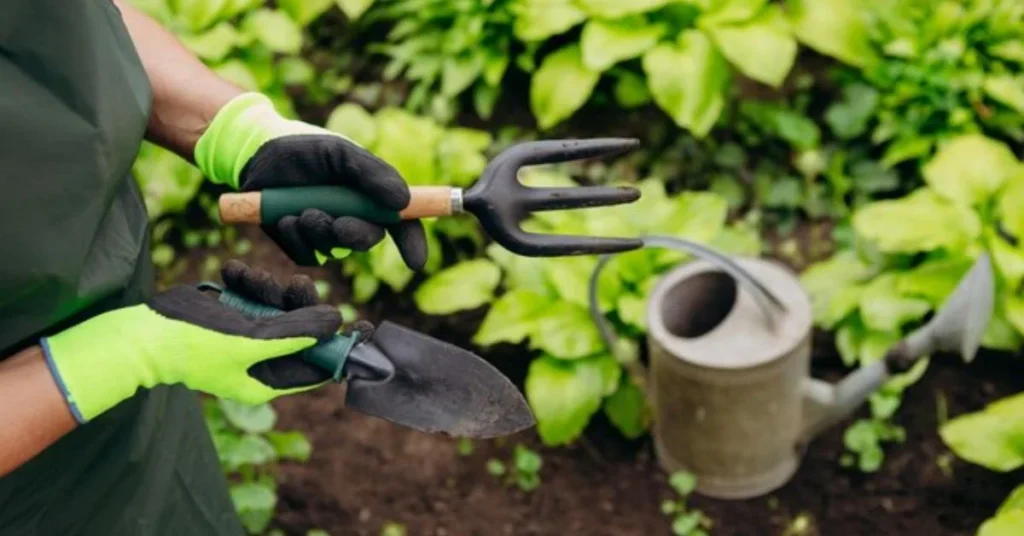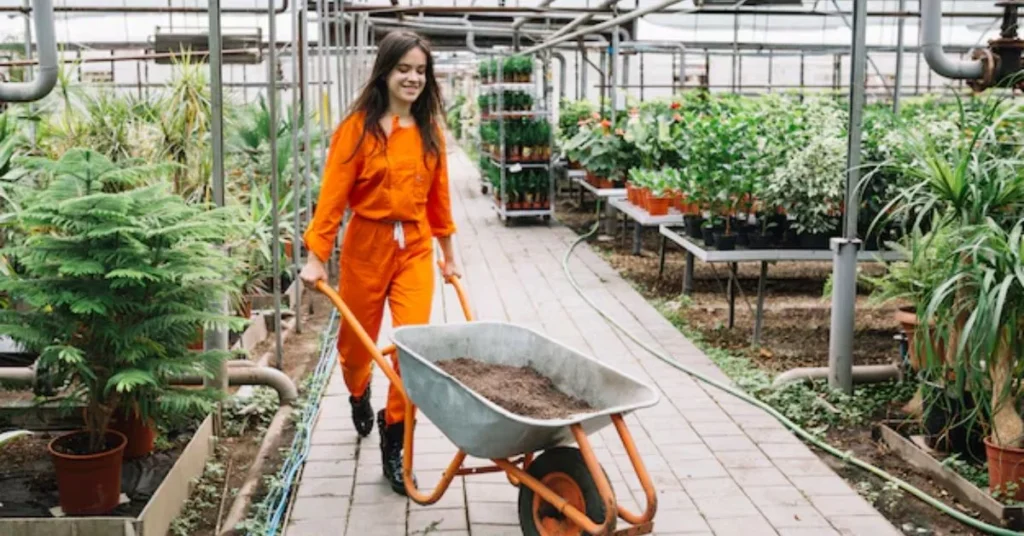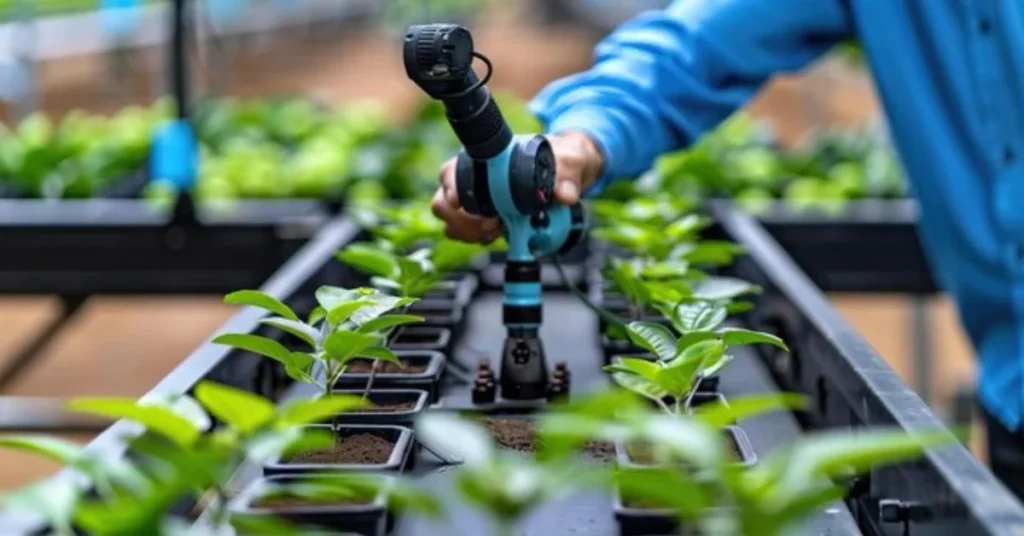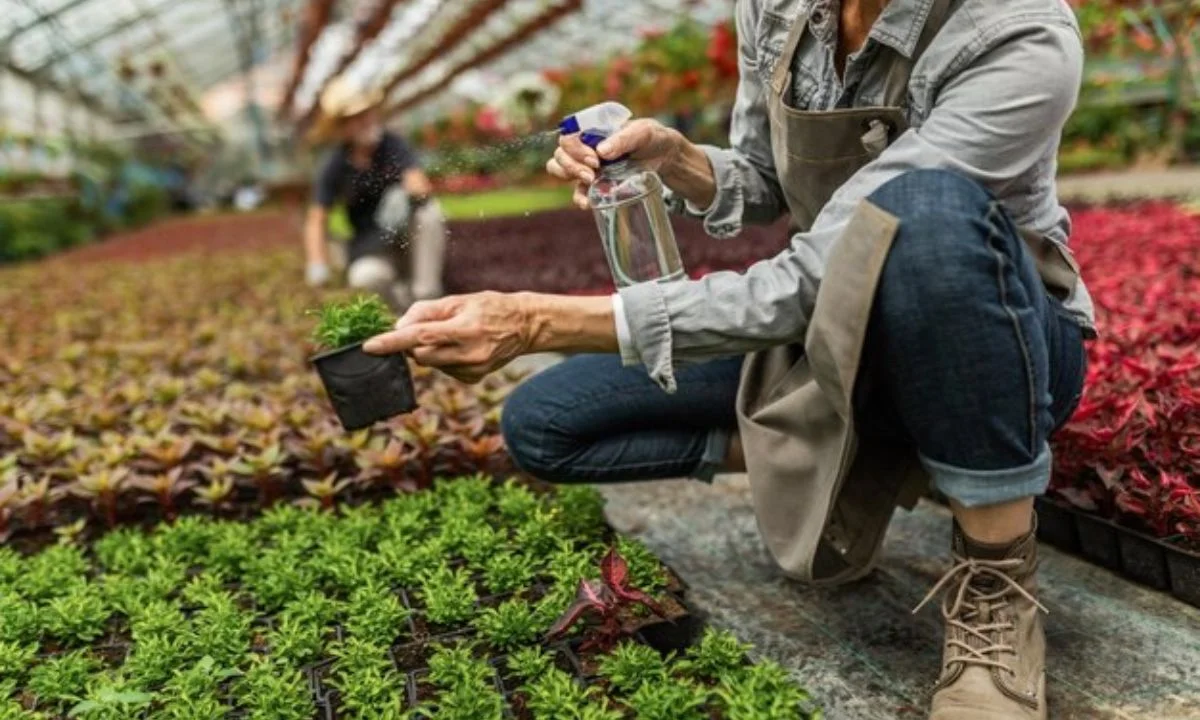Electroculture gardening is gaining popularity among eco-conscious gardeners and farmers. This innovative method uses natural energy from the environment, such as electricity and magnetism, to enhance plant growth and productivity. It’s an environmentally friendly alternative that promises to revolutionize gardening by optimizing the way plants absorb nutrients from the soil. In this article, we’ll explore what electro culture gardening is, how it works, and why it’s becoming a go-to solution for sustainable agriculture.
What is Electroculture Gardening?
Understanding the Basics of Electroculture
Electro culture gardening is a method that utilizes natural energies like atmospheric electricity, magnetism, and static energy to boost plant growth. By harnessing these forces, electroculture helps plants grow faster, become more resilient to pests, and require less water and fertilizers. Unlike traditional gardening methods, electroculture does not rely on chemicals or synthetic fertilizers, making it a more sustainable and eco-friendly option for gardeners.
Must read Exploring www notinthekitchenanymore.com
How Does Electroculture Work?
Electro culture gardening operates by using conductive materials like copper wires or antennas placed in the soil to attract and direct atmospheric energy to the plants. This energy stimulates the plants’ roots, allowing them to absorb nutrients more efficiently from the soil. The electromagnetic fields generated help to enhance cellular activity, resulting in faster growth and healthier plants.
Types of Electroculture Gardening
There are various types of electroculture techniques, including:
- Static electricity gardening: Utilizing static energy to stimulate plant growth.
- Magnetic gardening: Using magnets or magnetic fields to enhance soil fertility.
- Atmospheric antennas: Placing antennas in the garden to capture natural electromagnetic waves and direct them to plants.
Each technique has its own benefits and can be applied based on the gardener’s needs and the type of plants being cultivated.
Benefits of Electro Culture Gardening
Increased Crop Yield
One of the main benefits of electroculture gardening is its potential to significantly increase crop yields. By improving nutrient absorption, plants can grow stronger, faster, and healthier. Studies have shown that electroculture can increase yields by up to 30%, making it an attractive option for farmers looking to maximize productivity.
Reduced Water and Fertilizer Usage
Since electro culture gardening improves the efficiency of nutrient and water absorption in plants, it reduces the need for excessive watering and fertilizers. This not only conserves water but also lowers the cost of gardening materials, making it a more sustainable and cost-effective option for both large-scale farmers and home gardeners.

Pest and Disease Resistance
Electroculture has been found to make plants more resilient to pests and diseases. The enhanced growth and strength of the plants mean they are less susceptible to damage from insects and diseases. Additionally, since electroculture reduces the need for chemical pesticides, it helps maintain a healthier garden ecosystem.
How to Implement Electroculture in Your Garden
Materials Needed
To start with electro culture gardening, you’ll need some basic materials:
- Copper or iron wire: Used to create antennas or connect plants to energy sources.
- Bamboo or wood poles: To mount the antennas in the soil.
- Magnets or static energy generators: Optional tools to further enhance the electromagnetic effects.
Setting Up the Antennas
The most common method involves using copper wires to create antennas that are placed in the soil or raised above it on poles. These antennas capture atmospheric energy and direct it toward the plants. You can experiment with different antenna sizes and placements depending on the size of your garden and the plants you’re growing.
Monitoring Plant Growth
After setting up the antennas, monitor your plants closely to observe how they respond. You should start noticing stronger growth within a few weeks. Keep an eye on the water usage and adjust your irrigation system as your plants may require less water over time.
Best Plants for Electroculture Gardening
Vegetables
Vegetables like tomatoes, lettuce, and spinach respond particularly well to electro culture gardening. These fast-growing crops can benefit from the enhanced nutrient absorption and grow faster than usual with electroculture.
Fruit Trees
Fruit trees such as apple, lemon, and peach can also benefit from electroculture. With enhanced root stimulation, these trees can bear fruit more abundantly and may produce higher-quality yields.
Herbs
Herbs like basil, thyme, and rosemary thrive in electroculture environments. The increased nutrient uptake helps the herbs grow more flavorful and aromatic, making them ideal for culinary use.

Common Challenges in Electro Culture Gardening
Finding the Right Balance
One of the challenges of electro culture gardening is finding the right balance of energy for your plants. Too much exposure to electromagnetic fields may overstimulate plants, while too little may not provide noticeable benefits. It’s important to experiment with antenna placements and energy sources to find the optimal setup for your garden.
Cost of Materials
While electro culture gardening is generally cost-effective in the long run, the initial setup may require investment in materials like copper wires and magnets. However, once established, the reduced need for water, fertilizers, and pesticides makes this a worthwhile investment.
Weather Sensitivity
Electro culture gardening is dependent on atmospheric energy, which can fluctuate based on weather conditions. Rainy or cloudy days may reduce the amount of natural energy available to the plants, although long-term benefits should still be noticeable as the weather changes.
Environmental Impact of Electro Culture Gardening
Reducing Carbon Footprint
Electro culture gardening aligns with sustainable practices by reducing the need for chemical fertilizers and pesticides, which are often produced using fossil fuels. Additionally, the reduction in water usage helps conserve this valuable resource, making electroculture an environmentally friendly approach.
Promoting Biodiversity
Since electroculture relies on natural energy and reduces the need for harmful chemicals, it promotes a healthier ecosystem. Beneficial insects like bees and butterflies thrive in electroculture gardens, contributing to greater biodiversity and supporting local wildlife.
Electroculture vs. Traditional Gardening Methods
Efficiency in Nutrient Absorption
Traditional gardening methods rely heavily on fertilizers to provide plants with essential nutrients, whereas electroculture enhances the plants’ natural ability to absorb nutrients from the soil. This makes electroculture more efficient and sustainable in the long term.
Water Conservation
In traditional gardening, significant amounts of water are required to keep plants hydrated. In contrast, electroculture reduces the need for frequent watering, as the plants are able to retain more water through improved root stimulation.
Chemical-Free Gardening
One of the standout features of electro culture gardening is the complete absence of chemicals. Unlike traditional methods that may rely on pesticides and synthetic fertilizers, electroculture allows for a more organic and natural approach to growing healthy plants.
Conclusion
Electroculture gardening is an innovative and eco-friendly technique that offers a variety of benefits, from increased crop yields to water conservation. By harnessing natural energies like electricity and magnetism, gardeners can optimize plant growth in a sustainable manner. Whether you’re a seasoned gardener or just starting out, electro culture gardening provides an exciting new way to grow healthy, resilient plants without the need for harmful chemicals. Embrace this forward-thinking method, and you’ll likely see your garden thrive like never before. Click here for more.

What is electroculture gardening?
Electro culture gardening is a method that uses natural energy sources like electricity, magnetism, and static energy to enhance plant growth and productivity.
How does electroculture help plants grow?
Electroculture boosts plant growth by improving nutrient absorption through the stimulation of plant roots, making them more efficient at taking up water and nutrients.
Is electro culture gardening safe for all types of plants?
Yes, electroculture gardening is safe for most types of plants, including vegetables, fruits, and herbs. However, it’s important to monitor each plant’s response to the energy sources.
Do I need special tools for electroculture gardening?
To get started, you may need copper or iron wires to create antennas, bamboo poles, and optional tools like magnets. These materials help capture and direct natural energy to the plants.
Can I use electro culture gardening in small spaces?
Absolutely! Electro culture gardening can be adapted for small garden spaces, balconies, or even indoor plants, making it accessible for various gardening setups.
